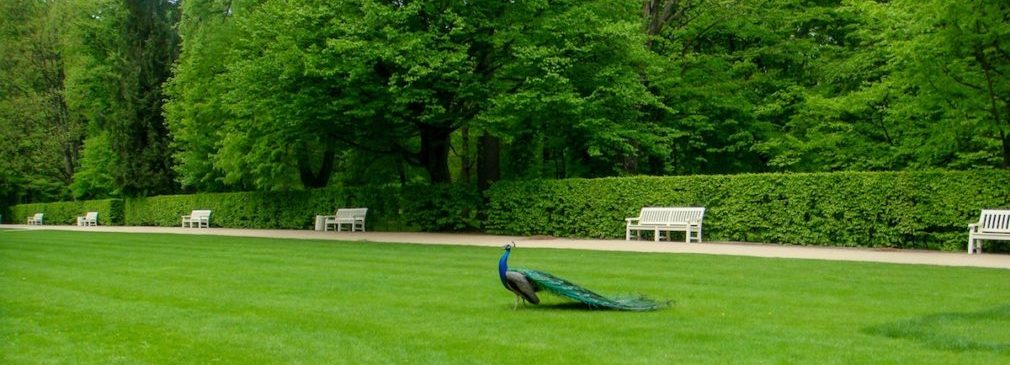
Share
As the Texas days get hotter and drier, it’s hard to keep your lawn lush and green. Temperatures frequently hit the triple digits, and we sometimes see drought conditions. Use the following five tips to keep your landscape in tiptop shape when the rain slows and the thermometer climbs.
1. Water Your Lawn
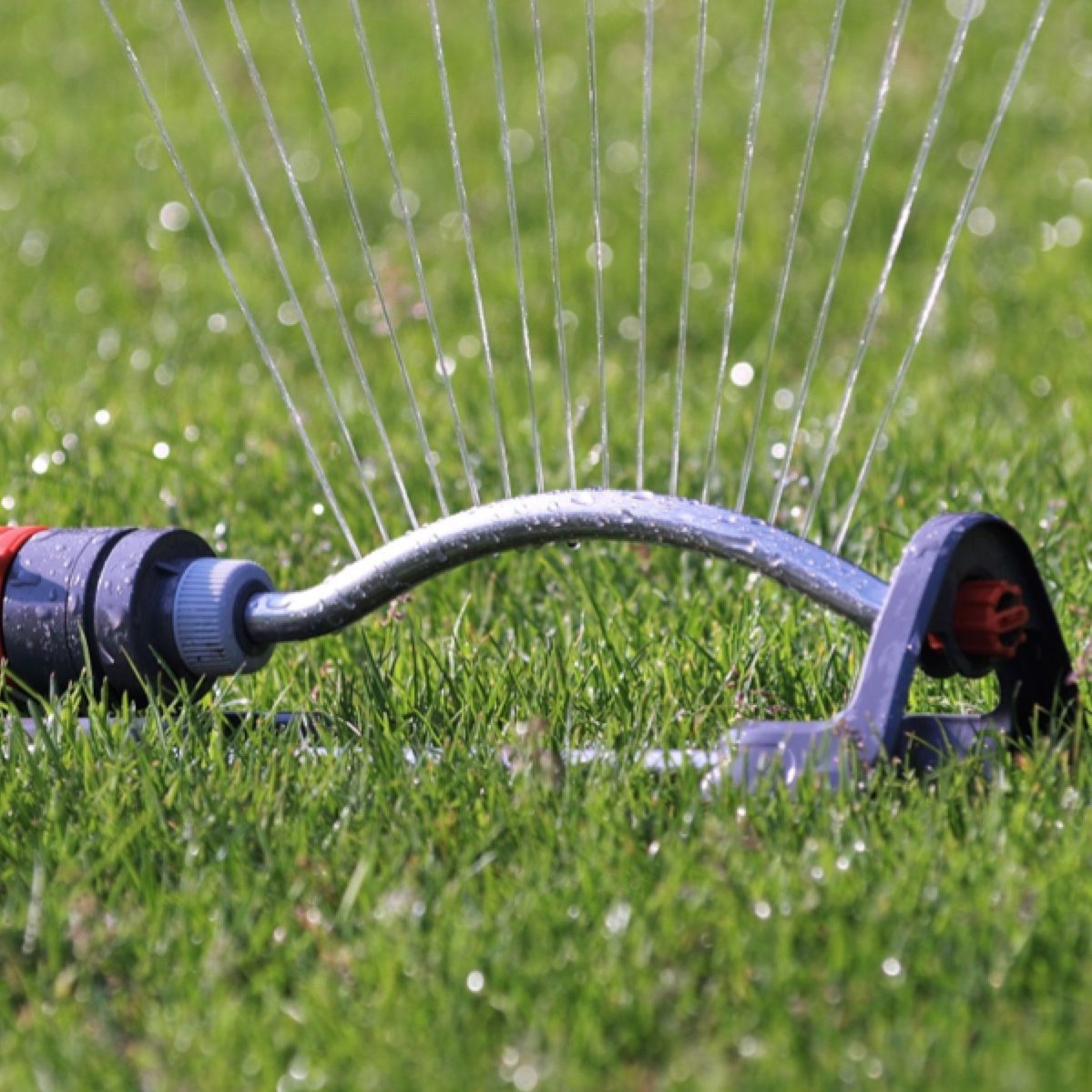
During summer months, we spend more time outdoors, using our lawn for cookouts, games and more. We want the grass to look good and be healthy. In Texas, though, we can’t rely on Mother Nature to keep our yards green and flourishing through the hot, dry days. What we can do is water. But we must water smartly to conserve our precious resource.
Know your local laws. Most Texas cities have watering restrictions in place. Violating these rules can be expensive. In Fort Worth, for instance, repeat offenders may face fines up to $2,000 per day.
Water early in the morning whenever practical. Lower temperatures and calmer winds cause less water loss to evaporation. Also, giving leaves time to dry before dark helps reduce disease and plant decay.
Water deeply and less often. Instead of shallow watering every day (which is prohibited by many local laws anyway), turn on the sprinklers once or twice a week. This allows the water to go deeper into the soil. Ideally, water should moisten the soil 6-8 inches down, so the roots are encouraged to go that deep, too.
Choose the right grass. Bermuda grass is common in Texas because it is drought tolerant. It goes dormant in a drought and comes back when it rains.
2. Mow High
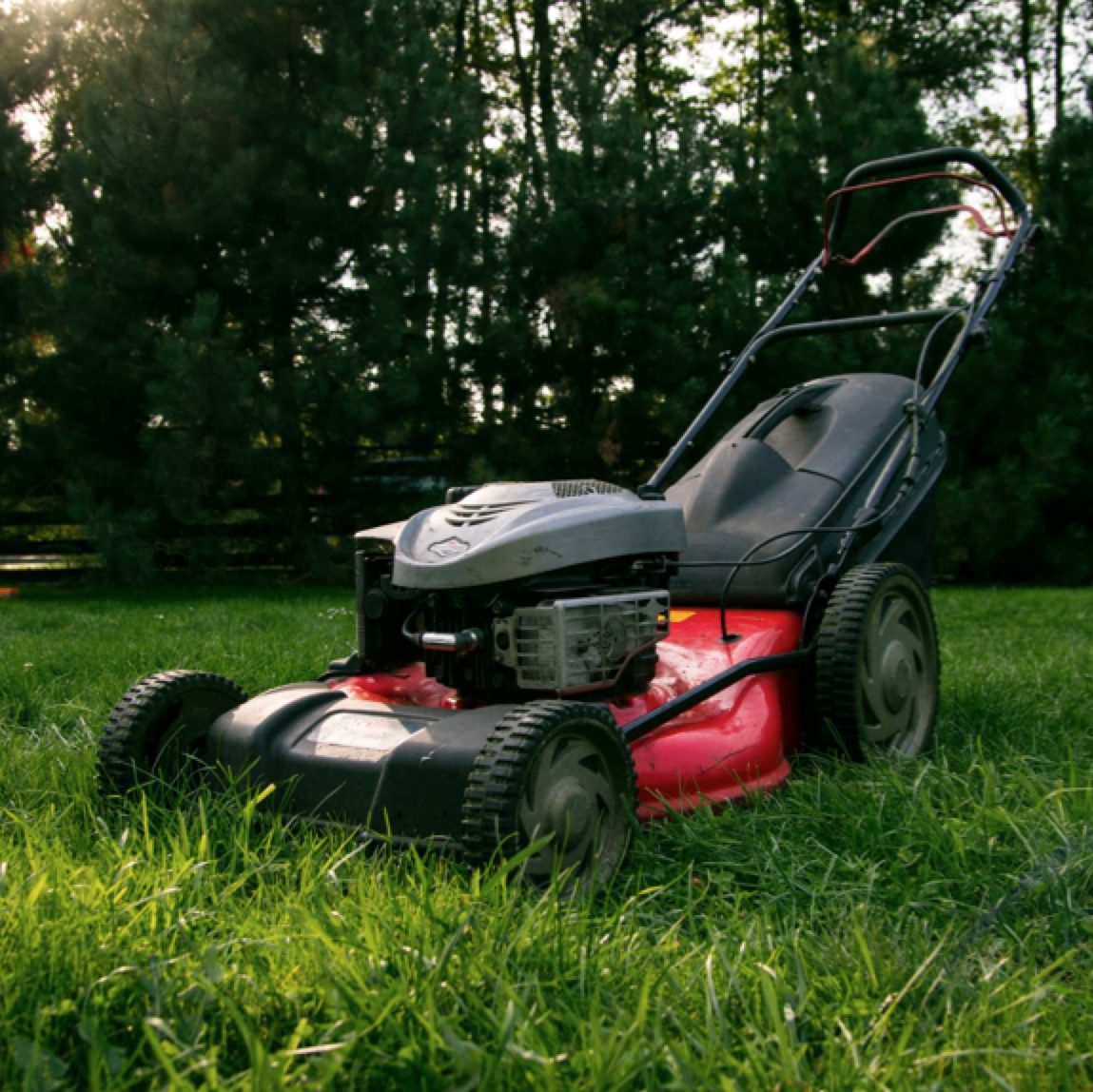
Set the blade on your lawnmower higher in the summer. Taller grass grows deeper roots and is more drought-resistant. Mow regularly, but never cut more than one-third off of the plant in any one cutting. This keeps clippings from stifling the grass and keeps it healthier. Keep your mower blades sharp, so they cut the grass instead of tearing it. If you’re not comfortable doing your own mowing, or you don’t have time, turn it over to the local experts, and you’ll be sure to have a healthy lawn all summer.
3. Control Weeds
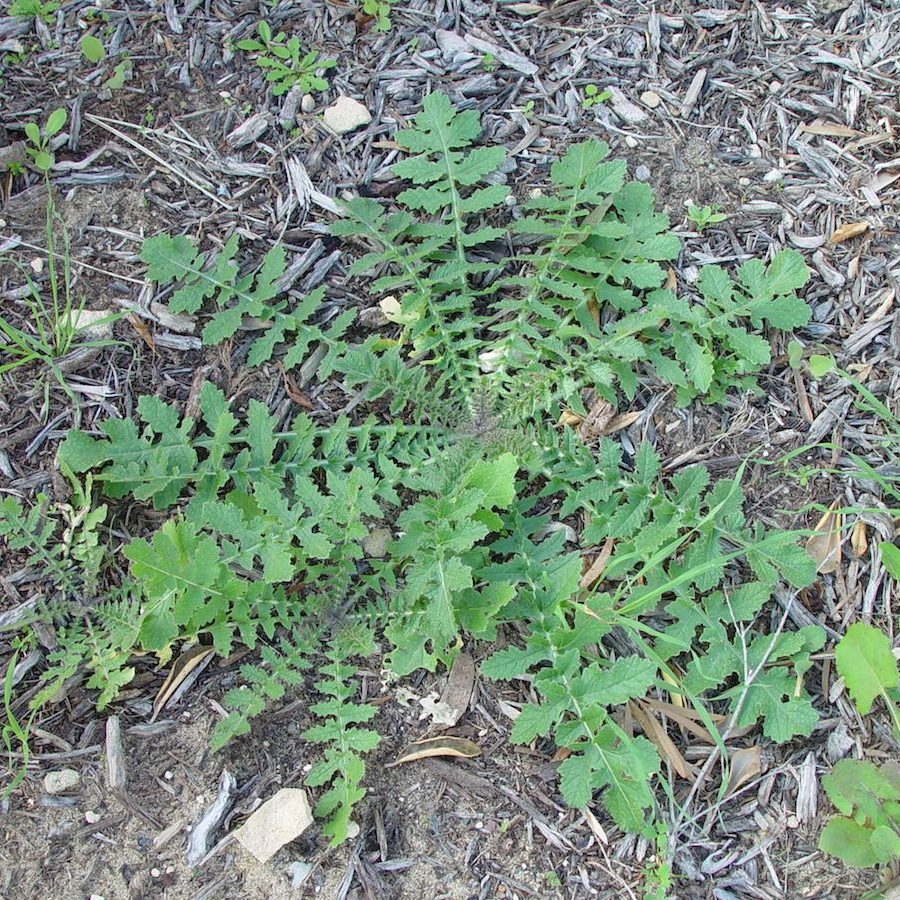
Weeds ruin the look of a lawn and cause frustration. We hate them because they spread and overrun the grass or plants that we DO want. Summer is prime time for certain weeds in Texas. Get them under control before they bloom and spread seeds. Chemical weed killers aren’t recommended for Texas lawns during summer months. Post-emergence herbicides take four days in a row at 85 degrees or less, which is unlikely in many parts of our state. Used incorrectly, weed killers can damage or destroy the grass. If you do have weeds during the hottest time of the year, it’s best to pull them by (gloved) hand.
4. Use Native Plants
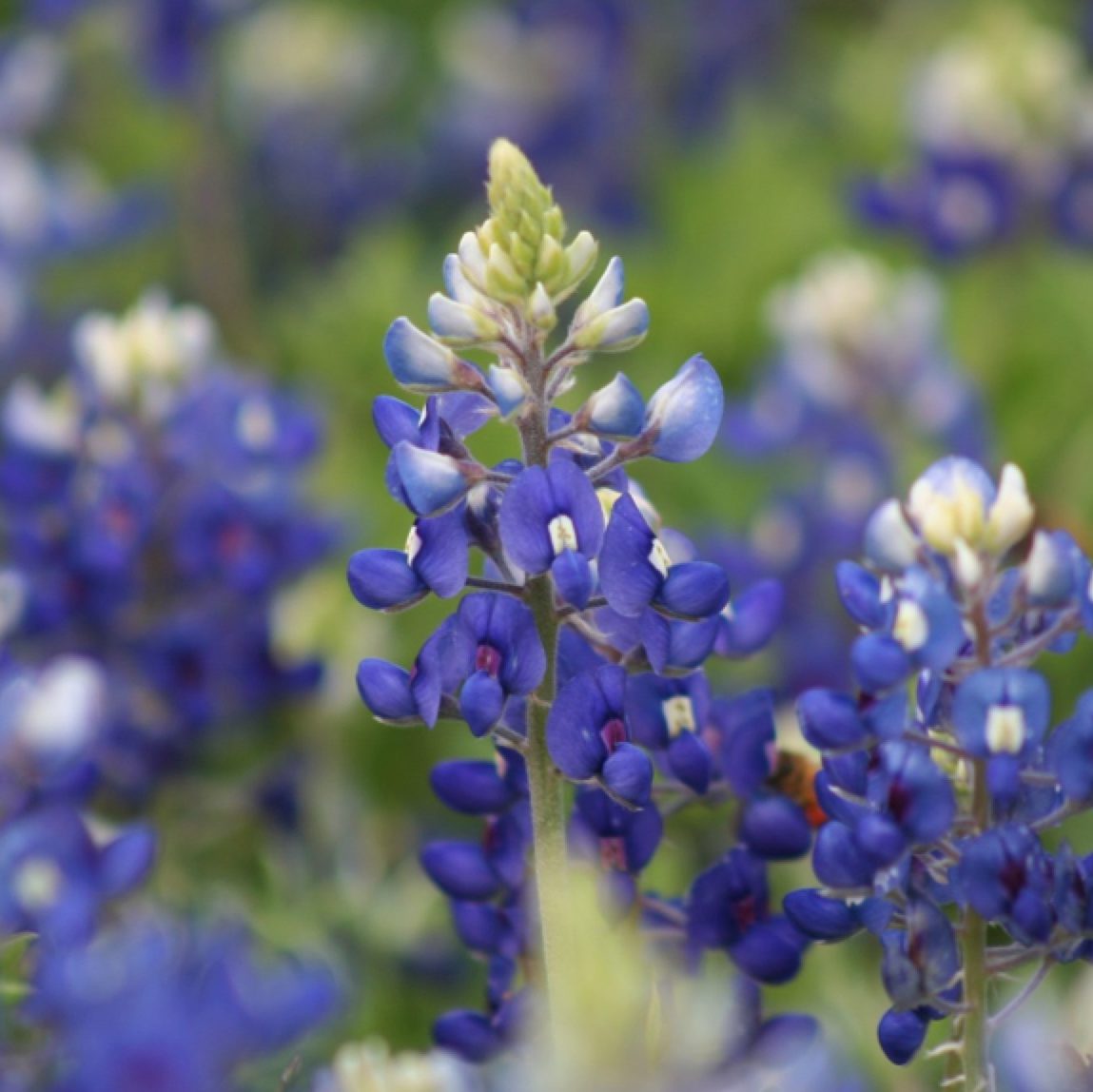
Plants native to Texas can withstand hot, dry conditions as they are acclimated to the weather. They’re more drought- and stress-tolerant as well, so they need less water and maintenance. As progress leads to more building on Texas land, native wildflowers, plants and grasses are disappearing. Including them in your landscape helps conservation efforts. Native plants also provide food sources for pollinating insects and butterflies. They also protect the soil with long root systems and resist local diseases and pests.
5. Xeriscape
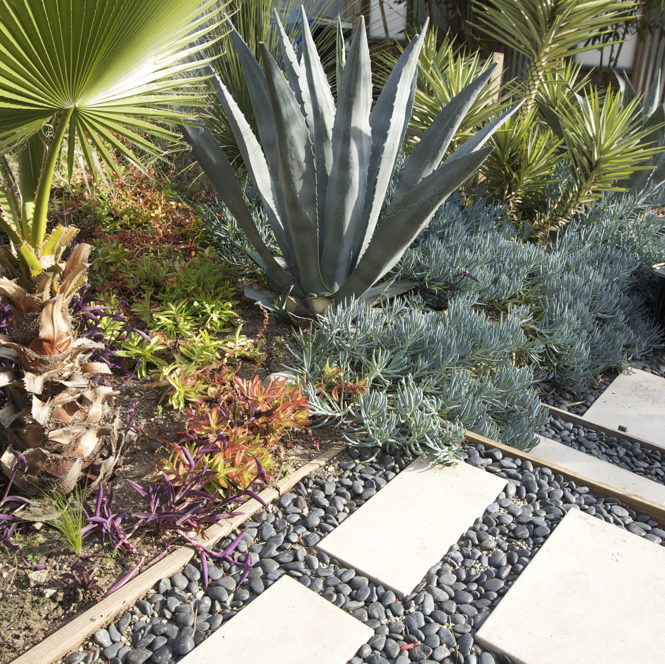
If it all seems too much for you, consider xeriscaping. This landscape design requires little to no water or maintenance and has grown in popularity in recent years. You might picture rock gardens and cactus, and you can do that, but you can also xeriscape and end up with a green, picturesque yard. Your plan can include plants, shrubs, trees and grasses. This is where native plants are extremely useful. Design with water efficiency in mind. Xeriscaping doesn’t mean the elimination of grass and water. It means cutting back. Your yard becomes both low-irrigation and low-maintenance.
Cover photo Mateus Campos Felipe on Unsplash
Tony Steine is a garden and landscaping writer. Steine prides himself on finding the easiest way to do anything he can, and you can bet he’s tried to make his entire garden self-watering. Of course, he isn’t just about convenience either, adding unique design flair to everything he does.














